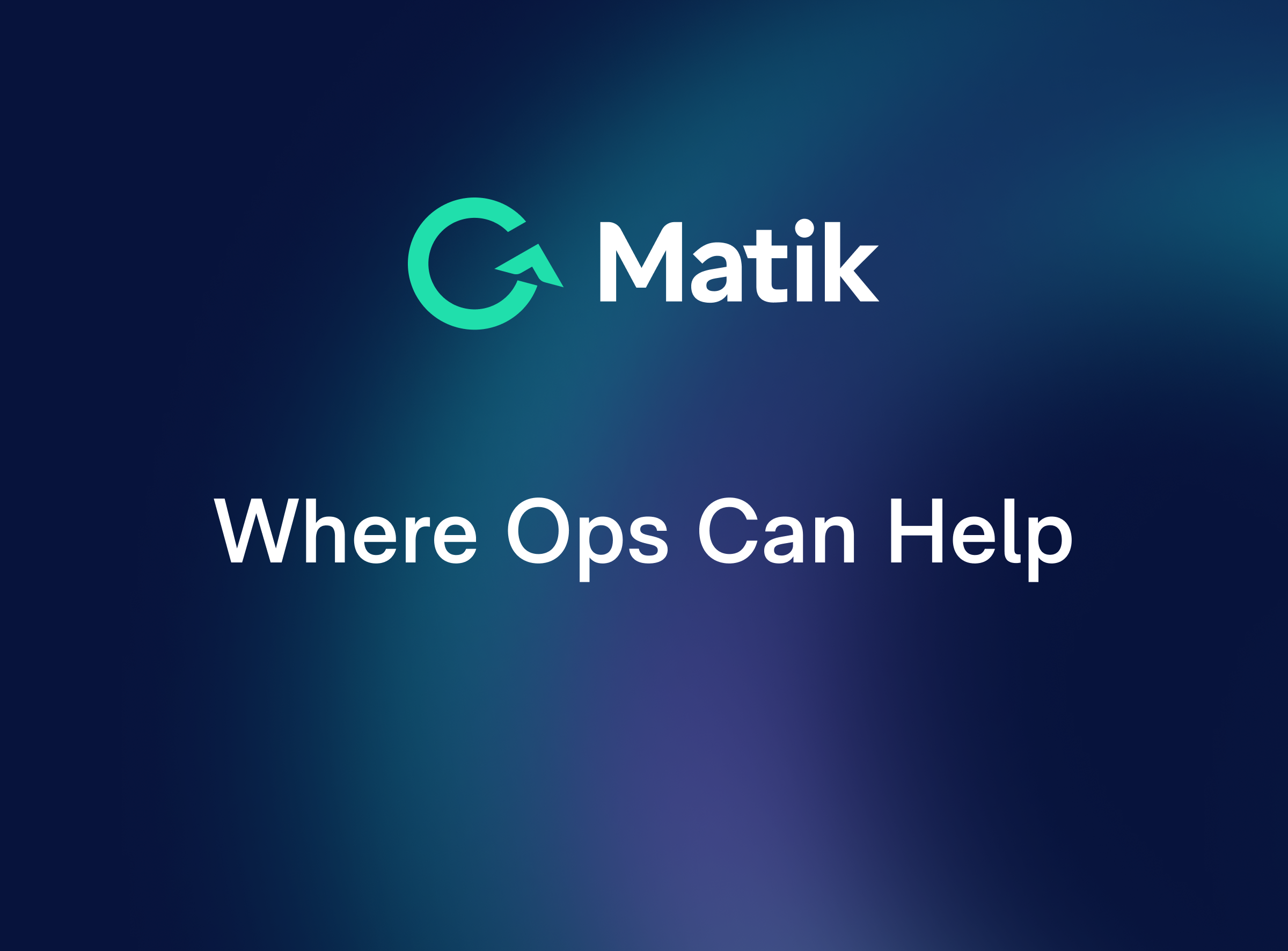Join Our Newsletter
As SaaS companies grow, so does the complexity of delivering a consistent, high-value customer experience. What once worked for 10 accounts starts breaking down at 100. Processes get messy, data lives everywhere, and teams rely on memory more than systems. Meanwhile, customers expect seamless onboarding, proactive support, and personalized attention no matter where they are in their journey.
That’s where Customer Success Operations comes in. CS Ops isn’t just about fixing inefficiencies. It’s about enabling scale, alignment, and smarter decisions across your go-to-market engine. Done right, ops becomes the connective tissue that ties customer strategy to execution and turns CS into a strategic growth lever.
So where exactly can ops make the biggest impact?
Where Ops Makes the Biggest Impact
Data, Reporting & Health Scoring
Customer data often sits fragmented across CRMs, product tools, billing systems, and support platforms. Ops helps unify that data into a single source of truth. The impact? You can automate reports that used to take hours, build health scores that actually predict churn or expansion, and surface insights before it’s too late to act.
Process Standardization & Automation
Too often, CSMs are stuck reinventing the wheel, or worse, buried in admin work. Ops documents and automates key workflows like onboarding, renewals, escalations, and QBR prep. It’s not just about documenting playbooks. It’s about tracking usage, collecting feedback, and making those playbooks smarter over time.
Tooling & System Integration
The modern CS tech stack is sprawling. Without integration, data stays siloed and context gets lost. Ops connects your CRM, CS platform, support system, and more, creating a frictionless flow of information that gives your team the full customer picture when and where they need it.
Segmentation & Account Coverage
Not every customer needs the same level of touch. Ops uses data to segment intelligently, allocating resources where they’ll drive the most impact and ensuring long-tail accounts aren’t left behind. This means high-touch where it matters most, and smart-scale everywhere else.
Revenue Predictability
CS is increasingly tied to commercial outcomes like renewals and expansion. Ops gives you rolling forecasts you can trust, helping leadership plan ahead and catch risks before they snowball. Think fewer surprises, more confidence.
Experimentation & Continuous Improvement
Ops isn’t just a service desk. It’s a testbed for what’s next. Whether it’s piloting a new playbook, launching a feedback loop, or iterating on onboarding flows, CS Ops drives learning. It helps teams improve quickly and build better processes, not just maintain the old ones.
Orchestration & Alignment
Customers interact with multiple teams, such as Sales, Product, Support, CS. Every handoff is a chance to fumble. Ops helps those teams stay in sync by coordinating systems and workflows. The result? Journeys that feel seamless and connected, not stitched together behind the scenes.
CS Ops Is Product Management for the Customer Journey
Too often, operations gets reduced to backend work. In reality, CS Ops acts more like a product manager for the customer journey, like owning the systems, launching improvements, measuring success, and closing feedback loops.
And the impact is measurable. Whether it’s improving Net Revenue Retention, accelerating onboarding, or increasing account coverage, a strong ops function brings clarity, coordination, and compounding gains.
If you’re looking to scale CS without sacrificing quality, or if your team is stuck doing work that could be automated or improved, CS Ops is the lever to pull.
Want to go deeper?
Our full ebook, How to Build an Operations Strategy for Customer Success, breaks this down in detail—complete with tactical tips, key metrics, and pitfalls to avoid.
Download the full ebook here.
---
Ready to transform your organization? Request a demo with Matik today!













